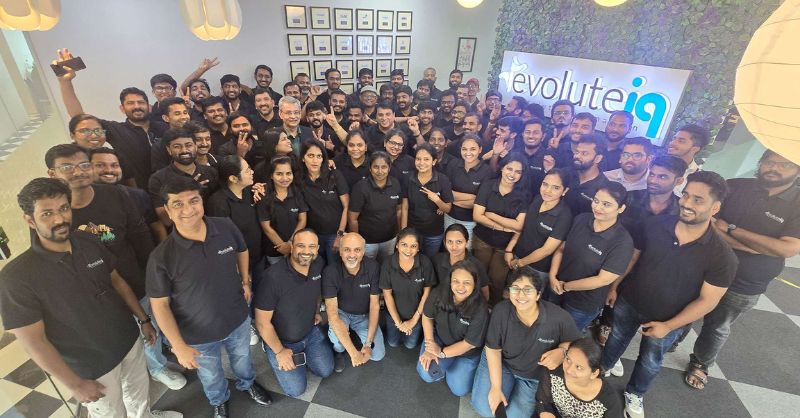Designing, deploying, and monitoring an AI-powered automation system can significantly enhance operational efficiency for small to mid-size businesses. This step-by-step guide will help an operations manager navigate the entire process, ensuring the implementation aligns with business objectives.
Before diving into the technical aspects, it’s essential to establish prerequisites. First, identify specific business processes that require automation. Commonly targeted areas include customer service, invoicing, or data entry. Next, evaluate the organization’s existing technology stack. This assessment entails understanding current software and databases, which will inform the AI tool’s integration capabilities. Finally, ensure that you have the necessary resources, including budget, personnel, and training, to support the automation initiative.
Once prerequisites are established, it’s time to configure the AI tool. Choose a user-friendly, low-code/no-code platform, ideally one that offers AI capabilities as part of its functionality. Following the selection, you’ll typically start by creating an account and then proceed to set up the necessary integrations. This usually involves connecting the AI platform to your business’s existing systems, such as CRM or ERP software. Using guided wizards provided by the platform can simplify this process. Input your existing workflow processes into the AI tool, outlining the steps you want the automation to follow, which may include triggers like customer inquiries or order placements.
Testing the configuration is a crucial phase. Conduct trial runs to validate that the automation works as expected. For example, if the automation is designed to handle customer inquiries, simulate various customer questions and evaluate the AI’s responses against expected outcomes. Adjust settings based on test results to ensure accuracy and reliability. It’s advisable to involve a small segment of actual users in testing to gauge user experience and identify any unrecognized issues.
Once testing is complete, the deployment phase begins. Roll out the AI automation in stages, starting with a specific department or process before expanding to the entire organization. This phased approach allows you to troubleshoot issues in real-time without overwhelming staff or disrupting overall workflows. Monitor the performance of the automation closely during the initial rollout, noting any discrepancies or problems.
Monitoring an AI-powered automation system entails continuous performance evaluation. Use built-in analytics tools to track key performance indicators relevant to the automated process. Metrics could include time savings, error rates, or user satisfaction levels. Regularly review analytics dashboards to identify trends such as increased response times or higher satisfaction scores. This data will be invaluable in making ongoing adjustments and optimizations.
Error handling is another critical component of effective automation. Define a clear protocol for what steps to take when the AI encounters issues. This might involve escalation protocols to human operators who can intervene when the automation fails. Train staff to recognize common error messages and provide them with a resource guide describing typical troubleshooting actions to maintain operational continuity.
To control costs associated with implementation, consider a few strategies. Start by estimating the potential return on investment (ROI) from the automation initiative. Assess how much time and resources will be saved through efficiency gains. Also, quantify any cost reduction related to errors or missed opportunities. Maintain a close watch on operational costs such as software licensing, monthly fees, or added infrastructure needs. Begin with a smaller investment and scale up as your understanding and confidence grow with the system.
Regarding security and data privacy, ensure that any AI-powered automation complies with industry regulations. Implement strong encryption standards for data in transit and at rest, especially if handling sensitive customer information. Define a data retention policy specifying how long data will be stored, ensuring it aligns with both legal requirements and business needs. Transparency is critical in building trust, so communicate to stakeholders how data will be used, stored, and secured.
Vendor lock-in can be a potential risk associated with automation platforms. To mitigate this, choose solutions that allow for easy integration or offer export features that facilitate data transfer if you decide to switch vendors in the future. Look for systems with open APIs that encourage interoperability, allowing you to replace or augment particular components without the need for a complete overhaul.
Ongoing maintenance requires a commitment to regular reviews and updates. Assign a dedicated resource or team to oversee the AI automation, ensuring they are trained to manage technical issues and implement software updates as needed. As your business evolves, periodically review and adjust the automation configuration to align it with changing objectives and conditions.
In summary, deploying an AI-powered automation system is not merely a one-off project; it’s an ongoing journey that can transform your business operations. From thorough initial assessments to continuous monitoring and adaptation, each step is vital for maximizing the value of your automation efforts.
FlowMind AI Insight: By investing in AI-powered solutions and following a structured approach, businesses can streamline operations, enhance accountability, and ultimately drive growth, ensuring they remain competitive in a rapidly evolving marketplace.
Original article: Read here
2025-09-17 09:48:00

